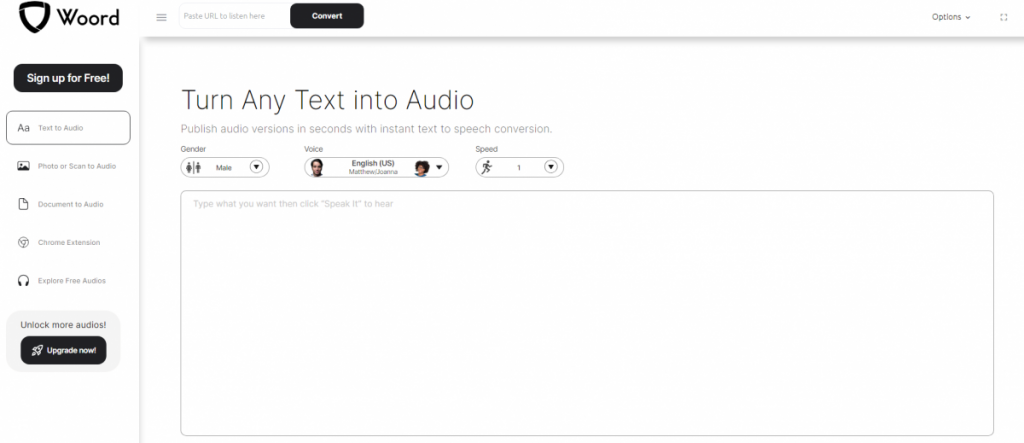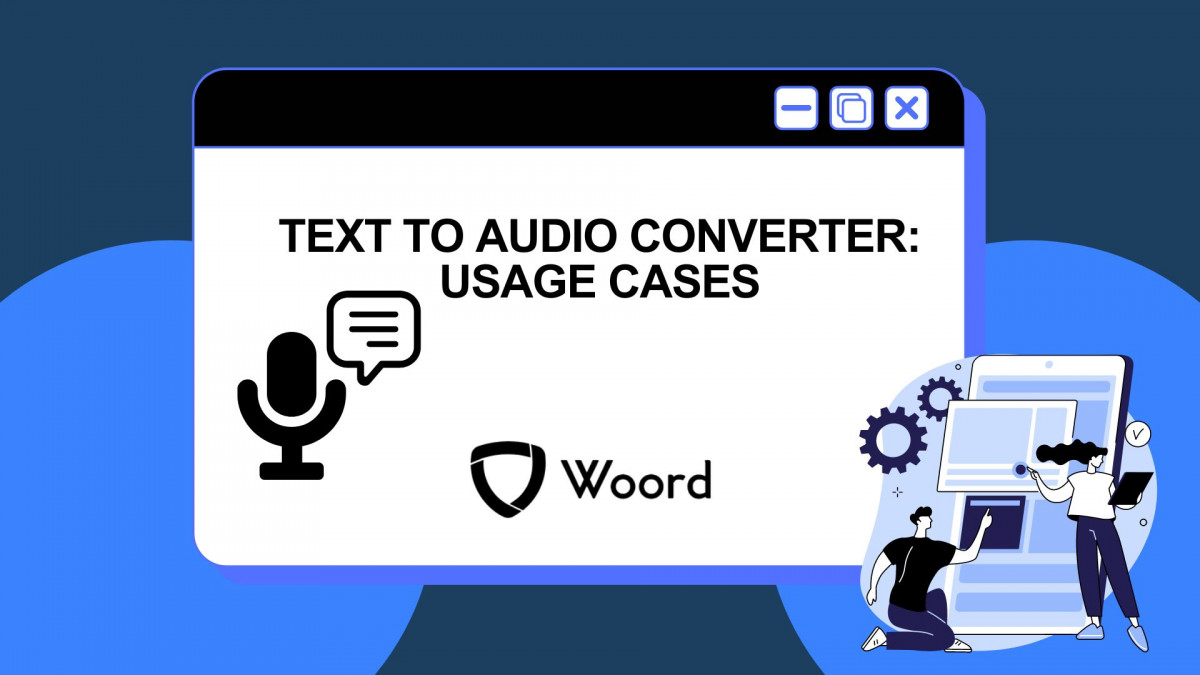As a dynamic and captivating method of consuming information, audio content has grown more and more common in today’s digital environment. A text to audio converter is a powerful tool that converts written text into spoken audio, and they are at the forefront of this audio revolution. These tools are essential for satisfying the varied requirements of both users and content creators as the market for audio content grows.
Overview of a Text To Audio Converter
An online tool or software program that transforms written text into spoken audio is called a text to audio converter. These converters produce realistic speech patterns and intonations using cutting-edge text-to-speech technology, giving consumers a natural and engaging listening experience. Text to audio converters provide a flexible way to access anything in audio format, whether it is documents, articles, or web pages.
In an era characterized by information overload and constant connectivity, audio content has emerged as a powerful medium for communication and engagement. With the rise of smartphones, smart speakers, and audio streaming platforms, consumers are increasingly turning to audio content for entertainment, education, and information. This shift underscores the importance of embracing audio content in digital content marketing strategies and providing users with flexible and accessible content options.
Applications in Content Creation
For content creators, a text to audio converter offers a streamlined solution for podcast production. By converting written scripts or blog posts into podcast episodes, creators can repurpose existing content and reach new audiences through audio platforms. This efficiency streamlines the podcast production process, allowing creators to focus on content creation rather than technical details.
They also play a pivotal role in audiobook creation, transforming written books or manuscripts into spoken audio format. This enables authors and publishers to provide alternative formats for readers who prefer listening to audiobooks over reading. By offering audiobooks, creators can expand their audience reach and provide accessible content options for individuals with visual impairments or reading difficulties.
Get Woord
You may add dynamic elements and more lifelike voice capabilities to your apps with Woord. For example, you can create instructional materials and online courses that utilize Woord’s Text-to-Speech (TTS) feature to assist individuals who struggle with reading. It can be applied to facilitate the consumption of digital content (news, e-books, etc.) by blind and visually impaired individuals. Notification and emergency alarm systems, public transportation, and industrial control systems all employ this technology.
Thanks to this program, a wide range of devices, including Internet of Things sensors, tablets, smartphones, set-top boxes, and smart watches, can now output audio. Interactive voice response systems in communication solutions can be voiced using Word. Cloud-based text-to-speech technologies can be used for story development, avatar creation, tests, and animations.

A Woord user can monitor any unused audios month-to-month if their subscription is active. We call this function accumulated audio. If users with Starter Subscriptions only listen to five of the 10 audios they receive each month, they can roll over their unused five audios to the next month. This suggests that the consumer will have access to fifteen audios in total during the second month. Clients that select this option will be able to get the most out of their membership advantages. Because they can save any undesirable recordings for later use, customers enjoy greater convenience and flexibility.


